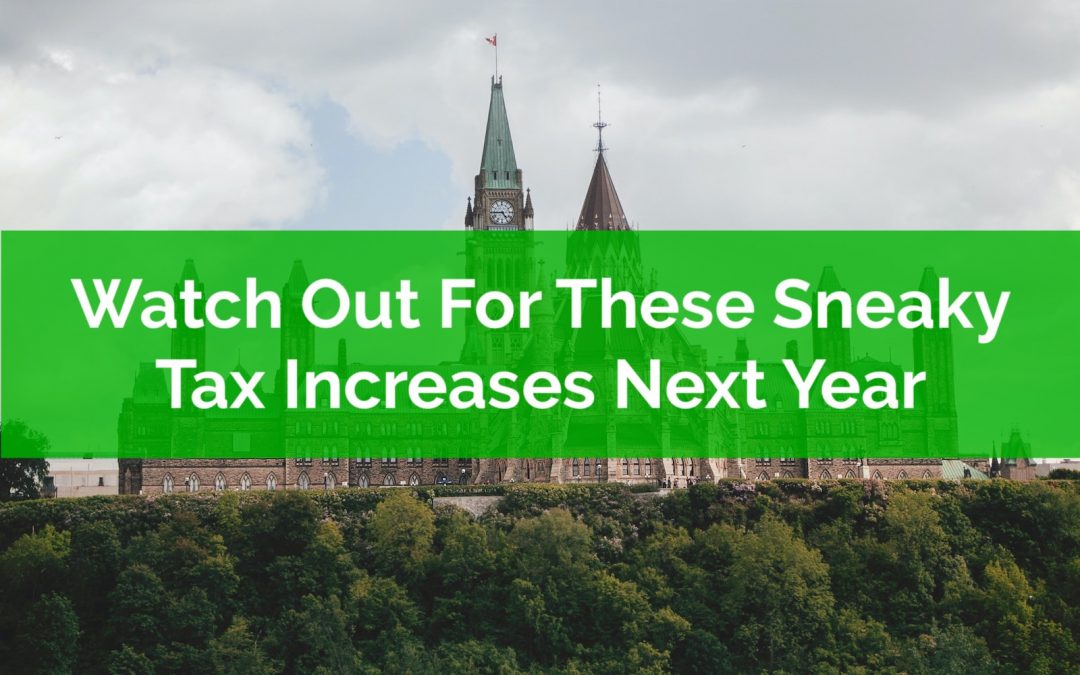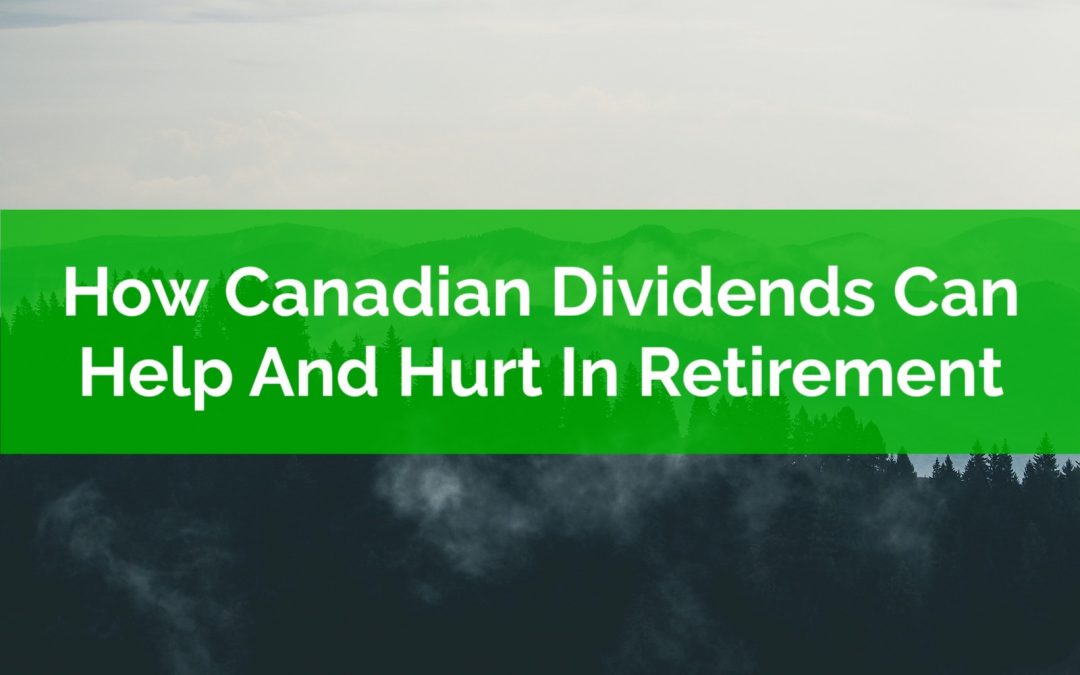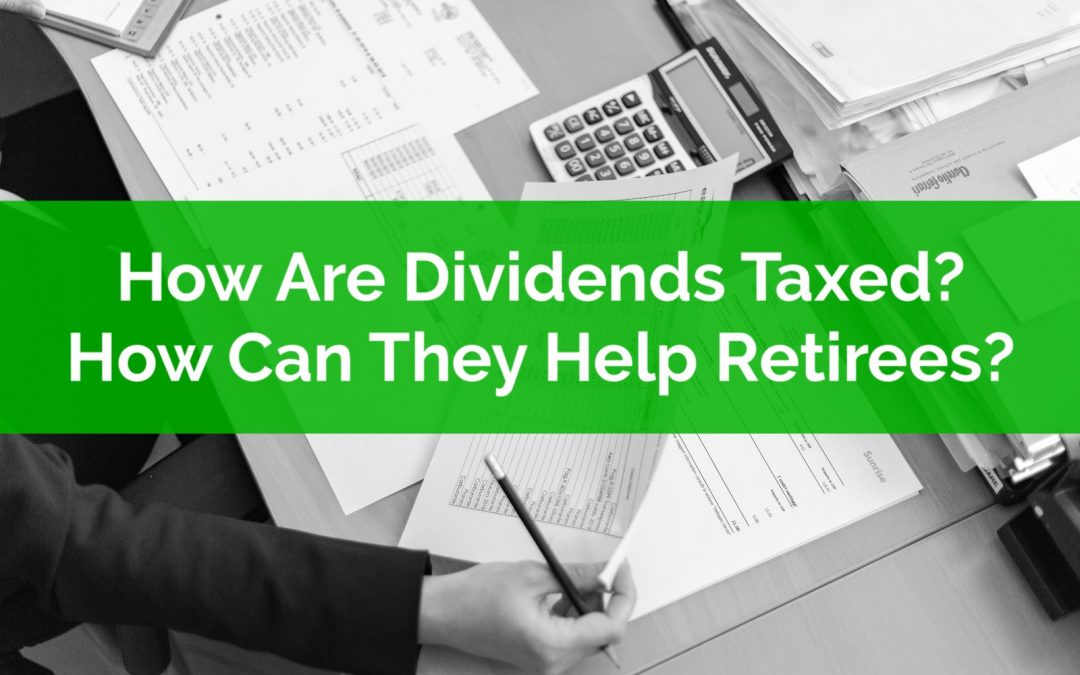“Welcome to the PlanEasy blog! We make personal finance easy.
Thanks for visiting.”
– Owen

Watch Out For These Sneaky Tax Increases Next Year
Most governments try to avoid raising tax rates. It’s an unpopular move. It creates headlines. It causes a sharp drop in popularity. So how do governments earn more tax revenue? They increase taxes in a sneaky way. Some provincial governments have done this in the past and a few are still doing it now.
You may not have seen these tax increases reported in the media, but next year you may notice your tax bill increase, especially if you live in certain provinces.
If you find yourself with a little less cash flow next year, this might be why.
Not all provinces do this. But some provinces are sneakily increase tax next year. Some have been doing this same thing for years.
Are you in a province that is increasing taxes? Find the details at the end of the post.

How Canadian Dividends Can Both Help And Hurt In Retirement
In the last post we highlighted how Canadian dividends receive special tax treatment which can lead to very low and even negative tax rates at some income levels. But before you go and shift your portfolio towards Canadian dividends it’s important to understand how Canadian dividends can either help or hurt your situation, especially in retirement.
Canadian dividends are taxed in a particular way which can lead to some unintended consequences, especially when government benefits are involved. While Canadian dividends can lead to lower tax rates, they can also lead to higher benefit clawbacks on GIS and OAS benefits.
If you can avoid these pitfalls then Canadian dividends, when used strategically, can allow you to withdraw from an RRSP and pay no additional tax.
In this blog post we’re going to look at three examples of how Canadian eligible dividends can both help and hurt in retirement.

How Are Dividends Taxed? How Can They Lower Taxes In Retirement?
Dividends from Canadian corporations receive some special tax treatment that can make them an attractive investment in non-registered accounts. This special treatment means that they can help lower your average tax rate, especially in retirement.
But this special tax treatment makes it a bit confusing to understand how dividends are taxed. To calculate tax on Canadian dividends there are things like “gross ups” and dividend tax credits to consider.
Despite the extra confusion caused by this special tax treatment it can be very attractive to invest in Canadian companies. For most people there is a significant tax advantage when receiving Canadian dividends. For example, in Ontario, a retiree in the lowest tax bracket will experience a negative tax rate on eligible dividends!
The way these eligible dividends are taxed can help offset other income from CPP, OAS, pensions and RRSP withdrawals. With a bit of tax planning this advantage could add thousands in after-tax income for a retiree.
In this post we’ll look at how dividends are taxed, the difference between eligible and non-eligible dividends, and we’ll look at an example of how eligible dividends can help lower taxes in retirement (all the way to zero!).
Lastly, we’ll also look at how the dividend gross up can also trigger OAS clawbacks for high income retirees. A surprising negative of the way dividends are taxed (although it’s still an attractive form of income).

Owen Winkelmolen
Advice-only financial planner, CFP, and founder of PlanEasy.ca
“Welcome to the PlanEasy blog! We make personal finance easy.
Thanks for visiting.”
– Owen
New blog posts weekly!
Tax planning, benefit optimization, budgeting, family planning, retirement planning and more...

Watch Out For These Sneaky Tax Increases Next Year
Most governments try to avoid raising tax rates. It’s an unpopular move. It creates headlines. It causes a sharp drop in popularity. So how do governments earn more tax revenue? They increase taxes in a sneaky way. Some provincial governments have done this in the past and a few are still doing it now.
You may not have seen these tax increases reported in the media, but next year you may notice your tax bill increase, especially if you live in certain provinces.
If you find yourself with a little less cash flow next year, this might be why.
Not all provinces do this. But some provinces are sneakily increase tax next year. Some have been doing this same thing for years.
Are you in a province that is increasing taxes? Find the details at the end of the post.

How Canadian Dividends Can Both Help And Hurt In Retirement
In the last post we highlighted how Canadian dividends receive special tax treatment which can lead to very low and even negative tax rates at some income levels. But before you go and shift your portfolio towards Canadian dividends it’s important to understand how Canadian dividends can either help or hurt your situation, especially in retirement.
Canadian dividends are taxed in a particular way which can lead to some unintended consequences, especially when government benefits are involved. While Canadian dividends can lead to lower tax rates, they can also lead to higher benefit clawbacks on GIS and OAS benefits.
If you can avoid these pitfalls then Canadian dividends, when used strategically, can allow you to withdraw from an RRSP and pay no additional tax.
In this blog post we’re going to look at three examples of how Canadian eligible dividends can both help and hurt in retirement.

How Are Dividends Taxed? How Can They Lower Taxes In Retirement?
Dividends from Canadian corporations receive some special tax treatment that can make them an attractive investment in non-registered accounts. This special treatment means that they can help lower your average tax rate, especially in retirement.
But this special tax treatment makes it a bit confusing to understand how dividends are taxed. To calculate tax on Canadian dividends there are things like “gross ups” and dividend tax credits to consider.
Despite the extra confusion caused by this special tax treatment it can be very attractive to invest in Canadian companies. For most people there is a significant tax advantage when receiving Canadian dividends. For example, in Ontario, a retiree in the lowest tax bracket will experience a negative tax rate on eligible dividends!
The way these eligible dividends are taxed can help offset other income from CPP, OAS, pensions and RRSP withdrawals. With a bit of tax planning this advantage could add thousands in after-tax income for a retiree.
In this post we’ll look at how dividends are taxed, the difference between eligible and non-eligible dividends, and we’ll look at an example of how eligible dividends can help lower taxes in retirement (all the way to zero!).
Lastly, we’ll also look at how the dividend gross up can also trigger OAS clawbacks for high income retirees. A surprising negative of the way dividends are taxed (although it’s still an attractive form of income).
Join over 250,000 people reading PlanEasy.ca each year. New blog posts weekly!
Tax planning, benefit optimization, budgeting, family planning, retirement planning and more...
Join over 250,000 people reading PlanEasy.ca each year. New blog posts weekly!
Tax planning, benefit optimization, budgeting, family planning, retirement planning and more...
